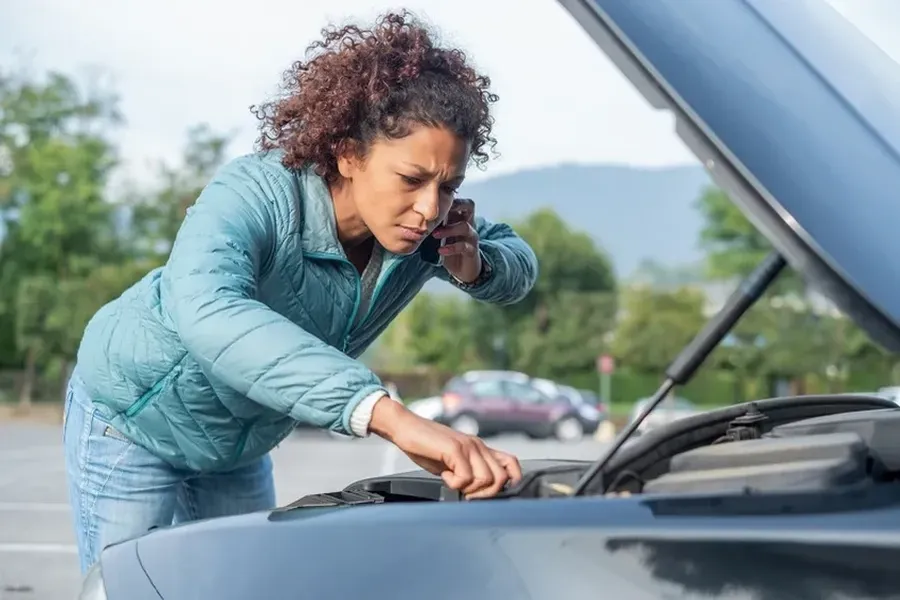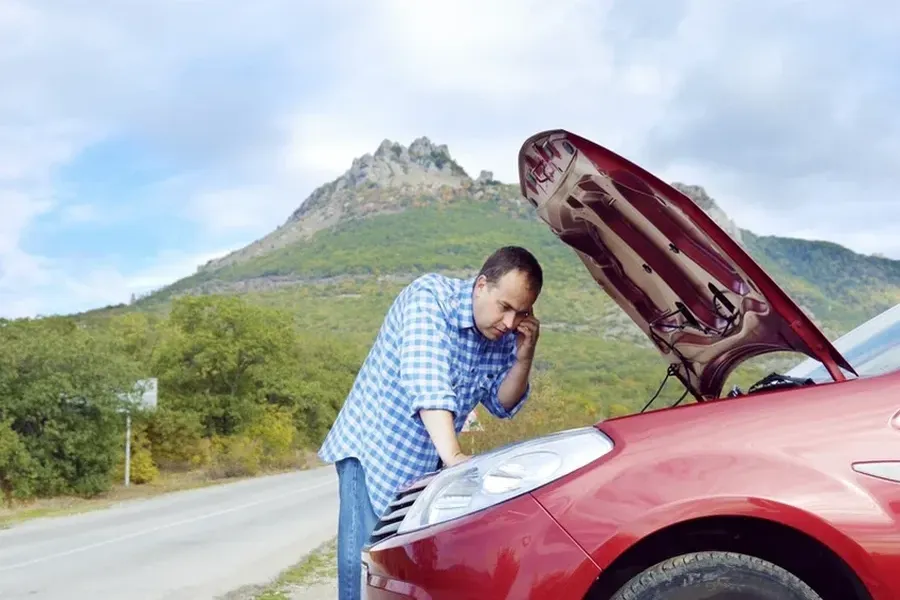Exploring the Differences Between Professional and DIY Battery Help
When your car battery dies, deciding between a professional jump-start and doing it yourself can be puzzling. While both methods aim to get your vehicle running again, they differ significantly in approach, convenience, and safety. This article explores these differences in detail to help you make an informed decision. Whether you’re considering the expertise of professionals or the hands-on experience of a DIY approach, understanding the advantages and challenges of each can guide you toward the best choice for your situation.

The Expertise of Professionals
Choosing a jump-start service ensures access to skilled technicians who specialize in getting vehicles back on the road safely. A Jump-Start Service typically offers quick response times and uses advanced tools to diagnose and solve battery issues efficiently. With their knowledge, they not only revive your battery but also provide insights into preventing future breakdowns.
DIY Approaches: Pros and Cons
Handling a dead battery yourself might seem straightforward with the right equipment. However, it’s crucial to consider potential risks involved in a DIY approach. Without proper knowledge, there’s a chance of incorrect connections leading to further damage or personal injury. On the upside, DIY jumping can be more cost-effective if done correctly, making it appealing for those familiar with the process.

Understanding Safety Concerns
Safety is paramount when dealing with car batteries. Professional services prioritize this by using safe practices and protective gear. In contrast, DIY efforts can expose you to hazards like electrical shocks or chemical burns without the right precautions. Choosing a Jump-Start Service reduces these risks through expert handling and comprehensive safety measures.
Time and Convenience Factors
Professional assistance often provides faster results due to specialized equipment and expertise. When time is of the essence, relying on experts can save valuable minutes. On the other hand, DIY efforts may take longer, especially if troubleshooting becomes necessary. Weighing your time constraints against available resources will help determine the most convenient option.
Cost Considerations
The financial aspect is another key difference. Hiring professionals usually involves higher costs due to service fees and labor charges. However, this cost includes peace of mind and efficiency. DIY methods are generally cheaper but require investment in cables and other tools. It’s essential to balance cost with reliability and effectiveness.
Tips for Safe DIY Jump-Starting
If you choose to handle a jump start yourself, adhere to these tips:
- Always refer to your vehicle’s manual for guidance.
- Ensure all power sources are off before connecting cables.
- Attach cables in the correct order: positive terminals first, then negative.
- Avoid touching metal surfaces during the process.
- Verify that all connections are secure before starting your engine.
These steps can help minimize risks while maximizing success rates.
Conclusion: Making Your Decision
Whether opting for professional help or tackling it yourself, understanding these differences equips you better for an informed choice. For those seeking swift resolution and expert assurance, companies like ours offer reliable solutions. Located in Tacoma, WA, our team at Mink Towing & Recycling specializes in providing efficient services tailored to your needs. Call us at (253) 397-9100 to discuss how we can assist you today.